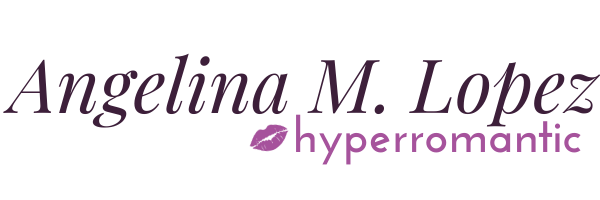After traditionally publishing five books since 2019, I was looking down the barrel of 2024 with no book coming out. I’d made a name for myself traditionally publishing in romance but—due to very crappy contracts and promotion—very little money.
I was, and am, at a crossroads.
The one thing I did have was a collection of short stories that I’d written for anthologies and my Patreon moldering on my laptop. I was very proud of these stories. They deserved better than to grow mold.
On September 10, I published my first indie book, Give It to Me: Sexy Tales About Women Getting the Good Loving They Deserve. Ten days later, I broke even on all my costs and now everything I earn is profit. This is what I learned during my first venture into the world of indie publishing:
Lesson #1 - Decide early what I wanted out of indie publishing.
There is a siren song of big money when you enter the world of indie. But it is no longer 2012, 7500 new books are published to Kindle Ebooks EVERY DAY, and if you want to even hope for big money, you have to dedicate yourself to a big ad spend. I decided that I wanted to make a little money with this short story collection rather than the no money I was making while the stories sat on my computer. Additionally, I wanted something out in the world with my name on it in 2024. Knowing these two goals helped direct the rest of my decisions as I readied for publishing.
Lesson #2 - It is possible but difficult to limit costs.
With my goal to make “a little” money, I knew I needed to keep costs low. I decided to spend money on copyediting, cover, formatting, and delivery.
Editing: Since most of the stories had already been edited by me or by editors of anthologies, I decided to skip that round of edits and focus on copyediting. I’d worked with Jess Snyder of HEA Author Services in the past and trusted her, but I also got quotes from two additional copyeditors. Jess’s was by far the best quote. For copyediting, I paid her $629.
Cover: I saved a ton by working with dear friend and renown graphic designer John Sprengelmeyer. John charged me pennies for his labor because we’ve always wanted to work together. John will also receive a portion of all merchandise sales and additional income for every $5,000 the book earns. The total I paid for the cover was $250. (I want to underline that this is known-someone-for-30-years pricing. Please do not contact John for design work expecting the same price.)
Formatting: Formatting the book had me in a dither. It was easiest to pony up the one-time fee for Atticus, a formatting app. It was relatively easy to work in. The one-time fee was $179.
Delivery: I decided to enroll in an ARC (Advanced Reader Copy) delivery system to minimize pirating. BookFunnel was very easy to work with. For $10 a month, I was able to send out streamlined emails with download links I maintained control of and watermarked PDF ARCs. For three months, I paid $30.
My total costs for the book were $1,088. Left out of this is substantive editing, which I would have paid for in a from-scratch book, and market-priced cover design. I was able to keep costs down for this book, but it still cost me a grand, something to keep in mind for those thinking about indie publishing. I'm going to say it even though I shouldn't have to: Don't steal or use AI-generated covers to cut costs.
Lesson #3 - Have a plan for promotion.
Because my goals were to make a little money over no money and to publish a book in 2024, I decided to avoid spending money on advertising or marketing beyond ARC delivery. As a trad-published author with a crappy contract, I was accustomed to a promotional plan that involved zero to little advertising spend. Instead, I relied on the system I’ve used to promote all my books: early notices and teasers in social media, early giveaways in newsletters, splashy social media efforts for cover reveal and preorders, highlighting good reviews and notable reviewers, and lots of posting and newsletters to build anticipation leading up to the release day. I plan everything out in a calendar at least three months ahead of time and use my afternoons to do all my promotional work. Remember: No one will love and promote your book better than you, so shout about your beautiful baby up to the rooftops!
Lesson #4 – Having an established brand from trad-publishing made meeting my goals easier.
My five trad-published books have appeared in Entertainment Weekly, The Washington Post, The New York Times, on the Fated Mates podcast and in other publications and podcasts. I don’t have a large following on social media, but I do have dedicated readers and supportive author friends. So from the first mention online of Give It to Me, I had support and shares without spending ad dollars. In this case, hybrid publishing did allow me to meet my small revenue goals.
Lesson #5 – Indie publishing is a lot of work.
The most important lesson I learned from this journey is that I won’t be pursuing indie publishing. I am a full-time writer and indie publishing felt like a second full-time job when there is only one of me. I have tremendous respect for those who have taken this route and found success and enjoyment doing it.
The one thing I knew the whole time – Amazon sucks.
Because of the chokehold it has on publishing, its changing terms without comment from or recourse for authors, its unwillingness to check abuses, its hands-over-eyes approach to AI and copy cat books flooding the market, the extreme suckiness of its owner, and my own goals, I chose not to include the book in Kindle Unlimited.


